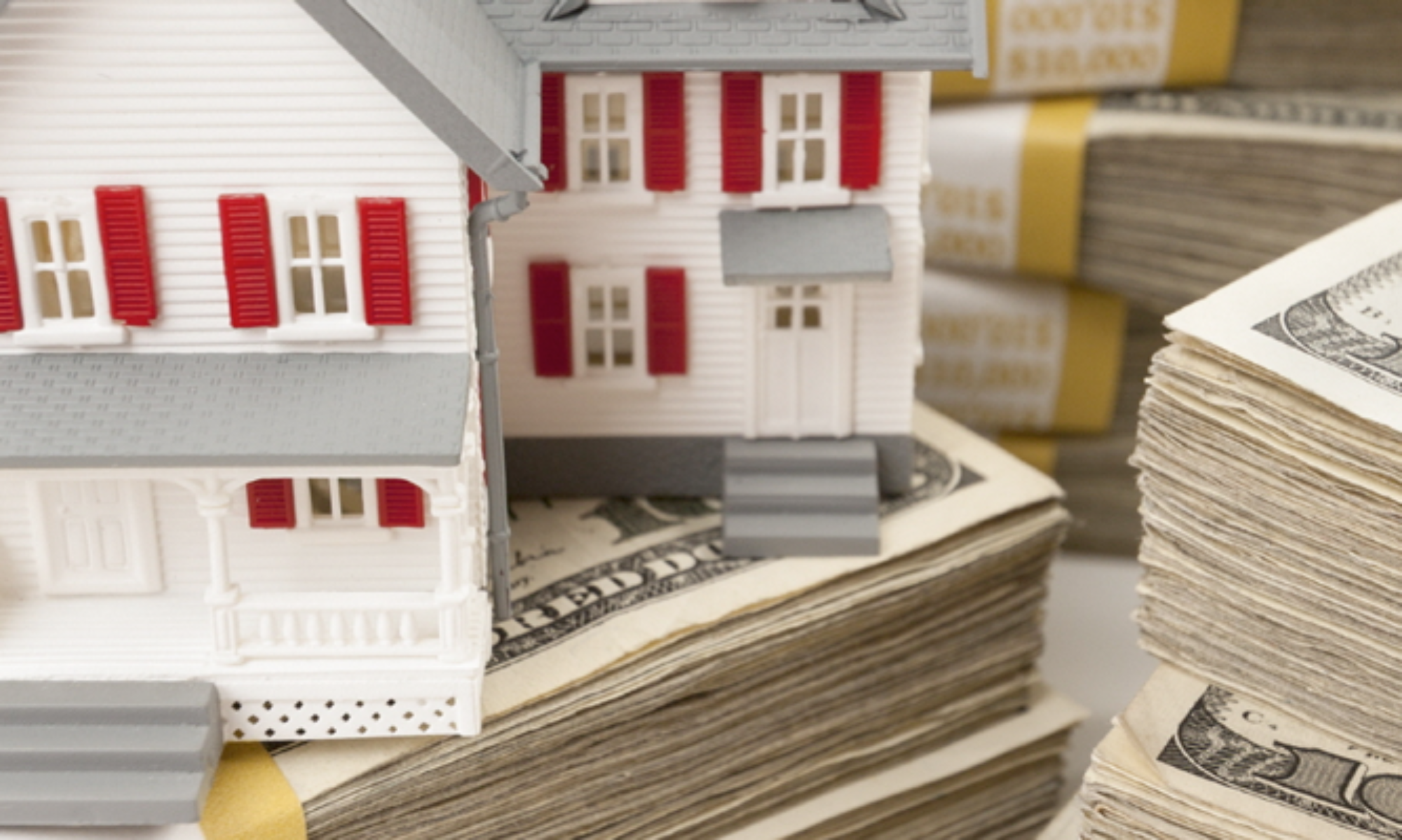View this article on Linkedin.
Many real estate investors automatically assume that when they buy real estate property, that they need to be a landlord. Why this is, I am not completely sure. I do know that in my previous investing, I too made this faulty assumption. That mistake led me to real estate investing that went from a dream to a nightmare in short order.
Back in Virginia, I was a landlord of two investment properties and an apartment building with 15 apartments. When the economy was ok, the income was ok and we even made some money. However, we were in lower end units, and as soon as the market really went south in 2007 and 2008, we soon ran into problems. I could no longer find good renters, and could no longer afford to make repairs.
I ended up getting renters in these buildings that I did not really want to take. It was essential to keep the mortgages paid and everything running without my eating away my savings. At this sad point in my time as a landlord, I deal with some of the worst things that have ever happened to me in business. And here they are:
#1 – I Took On Criminals As Property Managers
Desperate times, desperate measures. I had lost my quality property manager for the low end apartment building, and the building was an hour from where I lived. An onsite manager was essential. So, I brought in a couple who I ‘thought’ were good people and could properly manage the building.
All was well for the first month. Then I began to get the rent money delivery later and later each week. And then one week, I didn’t hear from them for several days and they would not answer their phone. It turned out that they had been ARRESTED at a DUI checkpoint and were in jail, with my rent money.
As it turns out, they both had a criminal record and were drug addicts. When they got stopped at the checkpoint, they both ran for the bushes! So they were arrested.
I got a call from a tenant and he told me the property managers hadn’t been around in days. Eventually I did recover the rent money from the jail. Needless to say, I had to find another property manager, and the building never generated positive cash flow again.
Now I only buy houses like these, and let the occupant maintain them.
#2 – My First Property Manager Took Off and Left Me, Too!
The reason #1 happened was that my first live-in property manager also didn’t work out. He kept the property mostly full, but as time went on, the rent money also got later and later, and there was some missing every few weeks. I am pretty sure he was ‘borrowing’ some of the rent money which somehow never seemed to find its way back in my pocket!
In this case, this property manager eventually simply bugged out. He took off and left the place, and left me in a rather desperate situation, which led to the above disaster I already mentioned.
Actually, you could say there was a THIRD worst thing that happened to me as a landlord. I allowed myself to get into the above situations at all.
The lessons I learned from these debacles was, at the time, to NEVER buy real estate again. That was foolish. What I SHOULD have learned was not to buy that type of real estate again and to allow myself into a situation where I was desperate and forced by default to rely on unreliable people for my living.
Later, when I moved to Texas, I learned another lesson: Stop being a landlord for crying out loud with mortgages! Buy cheap houses for cash and seller finance those things! Leave the maintenance to the occupant of the home.
Today, I earn $700 per month on each owner financed house and I never have to fix a thing. Or rely on a questionable property manager!
